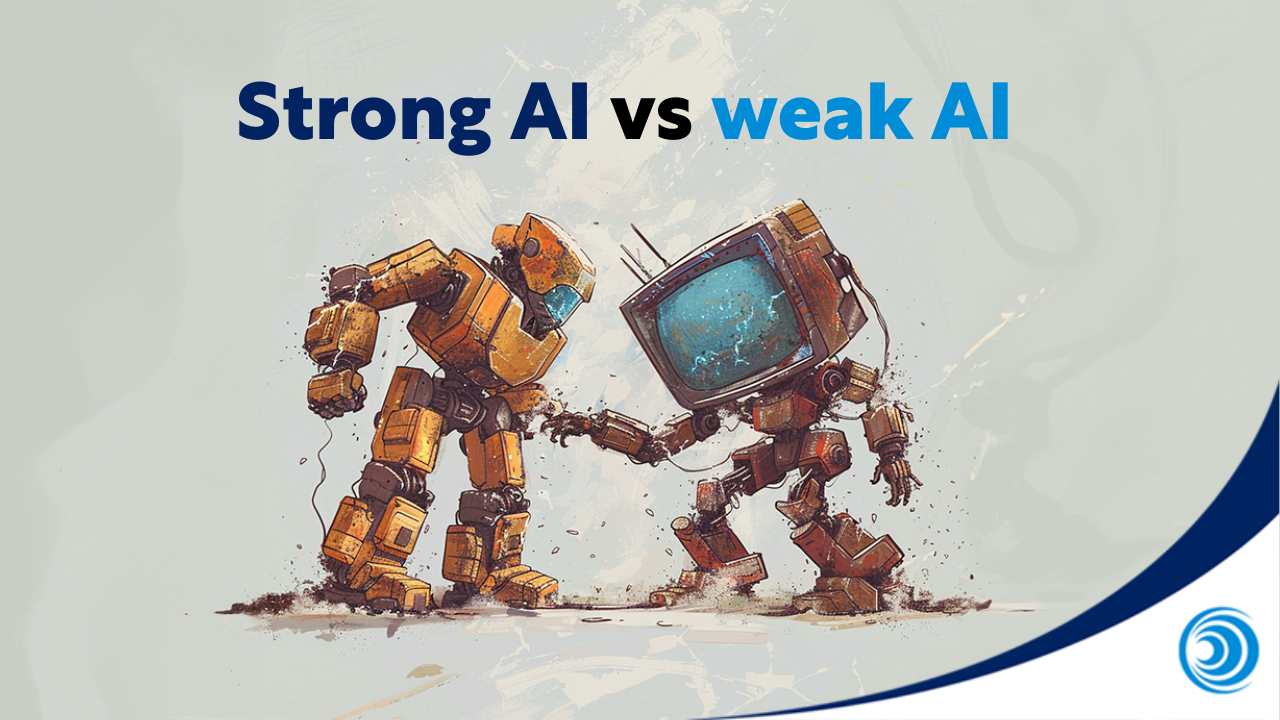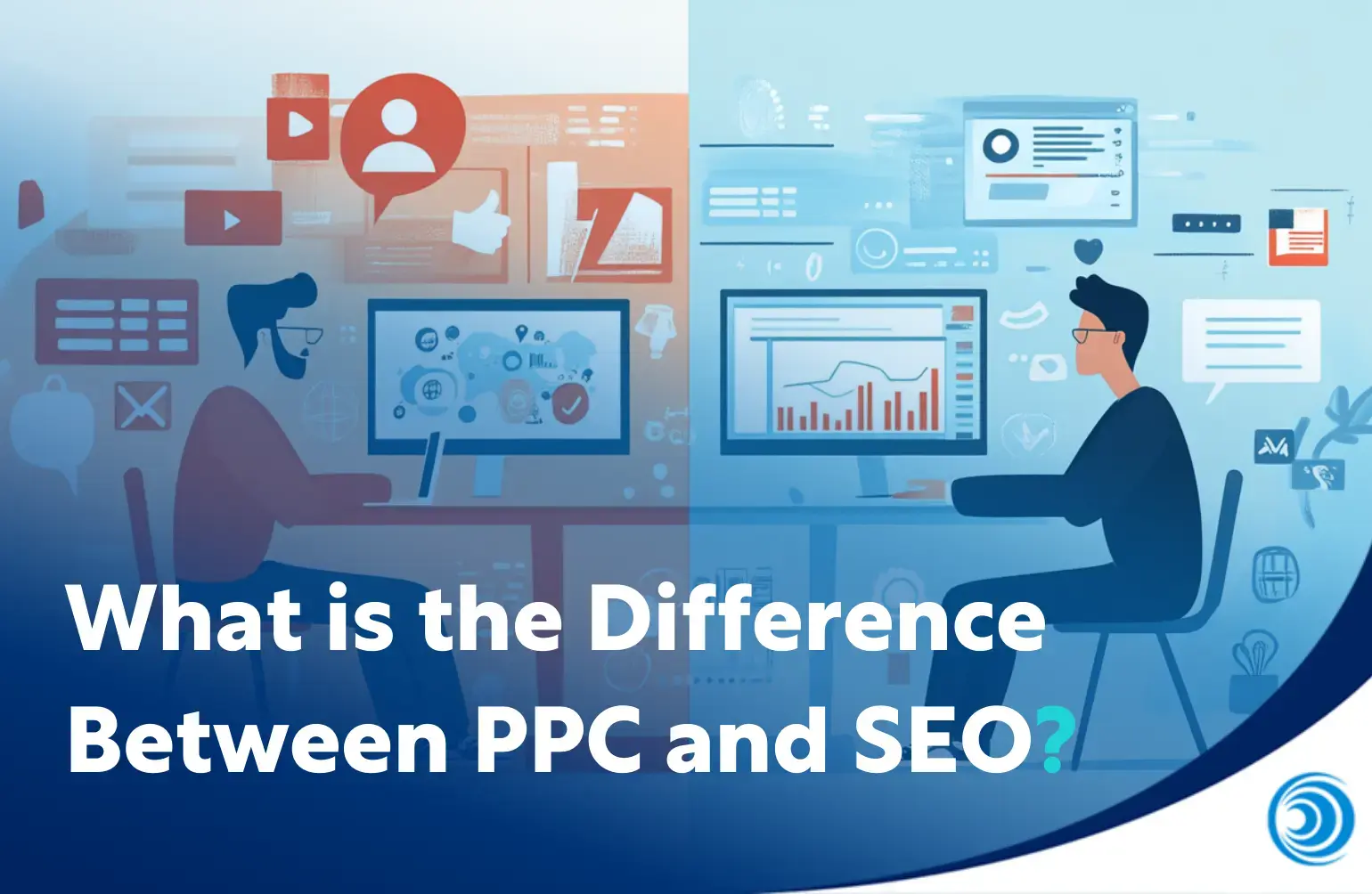
The difference between Strong AI and Weak AI
AI can enhance productivity by up to 66%. - this is why it is crucial to understand what it is and how businesses can best utilise it.
Defining AI’s capabilities can often be confusing.
This article sets out to clarify what the two main types of AI are: Strong AI and Weak AI. As well as explore the various other subsets, such as Machine Learning.
Prepare to have a better understanding of how AI can improve your business operations.
Weak AI
Weak AI, also known as Narrow AI, are systems that are designed and trained for a specific task, or set of tasks.
These tasks are usually in a very narrow or specific environment. It’s unable to perform any tasks outside of these environments. Think of Narrow AI as a highly trained specialist; they’re brilliant in the field they’re designed for, but ineffective once they're used outside of that scope.
This is important to remember as we currently don’t have AGI (Artificial General Intelligence) which could be theorised as a ‘catch all’ tool for a wide range of problems.
Simply suggesting that ‘we’ll use AI for this’ is an ineffective way of thinking. You have to specify which type of AI you’re referring to:
- Systems designed to play board games - Such as Google’s AlphaGo, which beat the best player in the world in 2017.
- Netflix and Amazon recommendations - Both companies use a similar type of AI. It learns what you like to watch or buy, in order to show you recommendations based on your viewing or shopping history.
- Language translation - AI can access many different languages to make translations in real time.
- Self driving cars - These vehicles use AI to interpret data from cameras and sensors, enabling it to safely drive on the road.
- Generative AI - Chat GPT, Gemini (formerly Bard), and Midjourney are a few great examples of generative AI. They’re designed to respond to questions or ‘prompts’ from human users. They’re limited by the format they’re trained for e.g. Midjourney is image based, whilst Chat GPT is text based.
In the fintech world, you may have come across examples such as:
Fraud Detection Systems
It’s now possible to deploy Narrow AI algorithms to detect fraudulent activities in real time. These systems use transaction data, customer behaviour patterns, and other relevant information to identify potentially fraudulent transactions or activities.
Credit Scoring and Risk Assessment
Many credit risk assessments are carried out by AI software.
They use a range of data points to make lending decisions. These include credit history, income levels, and spending patterns.
Customer Service Chatbots
It is likely that you, or your company, has used a chatbot before. This is an AI tool that is commonly forgotten about. They are able to answer common customer queries and even assist with basic financial transactions.
However, it is important to note that AI is not the sole solution for consumer interaction. When implemented incorrectly, chatbots can misinform customers on important information; a well-known example of this is when Air Canada’s customer service chatbot was sharing incorrect information with passengers.
Personalised Financial Advice
PSD2 has led to many fintechs using APIs to provide customers with personalised financial advice, utilising Narrow AI. This gives customers the ability to get advice based on their risk tolerance and investment goals.
Compliance and Regulatory Reporting
Compliance can be one of the hardest aspects of running a fintech business. Implementing AI systems can help streamline the process.
Some fintechs use Narrow AI tools to ensure compliance with regulatory requirements. These systems can analyse large volumes of financial data, identify compliance issues, and generate reports to meet regulatory standards.
Strong AI
Artificial General Intelligence (AGI) or Artificial Super Intelligence (ASI) are both acronyms used interchangeably with Strong AI.
Despite what we believe, this type of AI does not actually exist as of yet. It refers to AI that would have the same level of intelligence as humans, or even surpass us. It would be able to think for itself - having a personality, the ability to form opinions, and even emotions.
Movie fanatics, think Skynet from the Terminator franchise or Jarvis from the Marvel Cinematic Universe.
They have the functionality to perform a variety of tasks that we are unable to do and rival our intelligence. Strong AI can learn new skills, adapt to many differing environments, and make important independent decisions.
At the time of writing this article, Strong AI is only unfortunately (or fortunately, depending on your viewpoint) fictional.
The difference between Weak AI and Strong AI
In a nutshell, Weak AI is real and Strong AI is not (for now, anyway).
Narrow AI is used in everyday life, whether that be work or personal. If you asked it to take over the world or give you strategic advice, it would not be able to perform those functionalities.
It is still an extremely beneficial tool that can allow your business to save money and increase productivity.
But it is not a solution to a company’s problems. Embedding AI into any type of technology does not automatically make it smart.
Strong AI is still theoretical and may take a number of years to become a reality. There isn’t currently a form of AGI that offers applications that could run a fintech, or any other business for that matter, at the time of this article's publishing.
Closing thoughts
Is AI going to take over the world? Unlikely in this lifetime. Can it help you to run a better payments business? Definitely! But you have to be specific about which part of your business you need help with. Otherwise, you would have paid for an assistant that can’t actually assist you.



